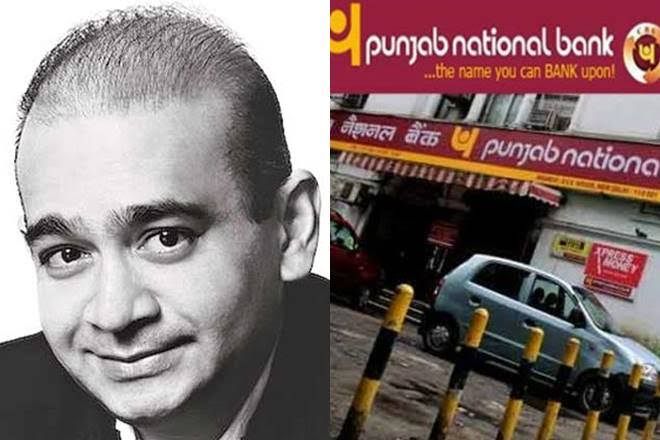Comprehensive Analysis on Money Bills in India
The foundation of governance in a Republic such as India is embodied in the Constitution. However, owing to the extreme length and complicated text of the same, there is scope for loopholes to arise and be taken advantage of by lawmakers and citizens alike. Money Bills in India are vastly misused for myriad reasons, including the aforementioned ones. Such squandering behind the loopholes in the law has led to various controversies in the past. Two such instances of misuse of the Constitution’s tricky nature would be the Aadhar Act of 2016 and the Finance Act of 2017. In this research note, the researcher aims to scrutinise the role of the aforementioned Acts to ascertain the reasons behind such misuse, in general and analyse the specifics revolving around the misuse of money bills, in particular.
Finance Act of 2017:
In 2017, the then Finance Minister, Mr. Arun Jaitely, introduced the Finance Bill, which was passed with a majority in Parliament. The Finance Act usually comes into force at the beginning of every fiscal year. The Finance Act of 2017 faced much flak due to its arbitrary nature. Critics were of the opinion that it undermined the Constitutional Doctrine of
Separation of Powers and was paving a path to totalitarianism. This Act was different from the previous enactments as it not only set the fiscal agenda for the coming year but also altered the working regime of various judicial bodies such as the National Green Tribunal and the National Company Appellate Tribunal. This move was scrutinised by many as the act not only did away with many tribunals but also repealed the previously established standards for functioning that were provided in statutes.
In the case of Rojer Mathew v. South Indian Bank Limited, the question of whether the Finance Bill of 2017 was in accordance with Article 110 of the Constitution arose. Article 110 grants the House of the People the authority to certify a bill as a money bill only if it deals with the specific provisions mentioned therein. The immunity from judicial scrutiny accorded to various financial matters through this Act would make it simple for the lawmakers to evade the Rajya Sabha’s constitutional checks.
Aadhar Act of 2016:
In 2016, the Aadhar Bill was introduced in the Lok Sabha by the BJP Government which was in power at the Centre. The then Speaker, MS. Sumitra Mahajan presented and certified it as a Money Bill. The Bill was successfully passed in the Lok Sabha. However, upon reaching the Rajya Sabha, amendments were proposed, and there was a lot of dissent regarding the Bill. This led to a case being filed in the Supreme Court in order to obtain judicial reviews for the issue. The Bill was later held eligible to be a Money Bill and reintroduced in the Lok Sabha.
In the case of KS Puttaswamy v. Union of India, the question regarding the lawfulness and validity of the Aadhar Bill of 2016 arose. Here, the Court found that the Aadhar Bill was indeed passed lawfully and has been in effect since then.
Situational Analysis
The concept of Money Bills in India is directly influenced and derived from the Parliamentary Custom followed in Britain. However, there is a difference between the mode of the functionality of the same. In Britain, the Speaker’s opinion cannot be subject to judicial review, irrespective of the circumstances or scenario. In India, on the other hand, Article 110 clearly puts a bar on excluding the Speaker’s opinion from the ambit of judicial review. The main reason behind the existence of Money Bills is to ensure that the Rajya Sabha does not have the power to take down a government by disallowing access to funds and hence, hampering governance. That said, this provision should not be misused to nullify their role in making legislation. That would be a direct hit to the Indian Constitution as it undermines the Separation of Powers Doctrine. Additionally, as implied by the cases the researcher dealt with above, the Speaker’s opinion is very much under the ambit of judicial review by the Hon’ble Supreme Court and various High Courts of India.

The misuse of money bills is on the rise in the recent times as seen by the aforementioned two Acts that have been accused of the same. Once this becomes a frequent phenomenon, it impinges the authority and the purpose of the Constitution as well as the house of Representatives. After India attained Independence, the Rajya Sabha was made as the second chamber of the Parliament so as to institutionalise federalism and facilitate amicable power sharing. However, using various loopholes to undermines the authority of the Council of States is a disheartening happening which was not envisaged during Independence.
Author: Athira R Nair, a student at School of Law, Christ (Deemed-to-be) University, Bangalore.




